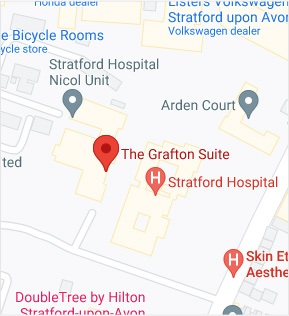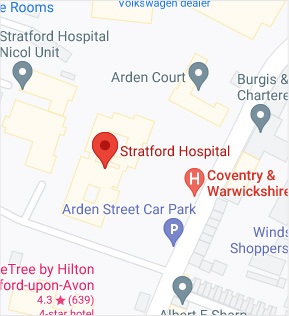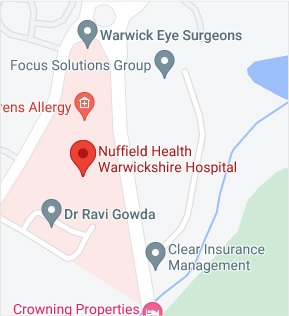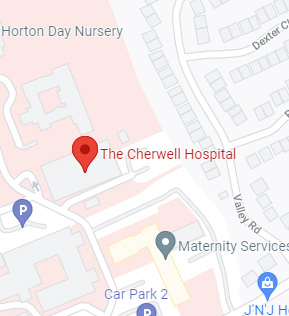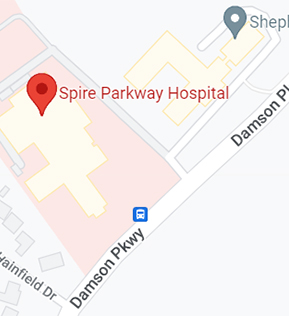What is Distal Biceps Avulsion?
The biceps muscle, located in the front of the upper arm, allows you to bend the elbow and rotate the arm. Biceps tendons attach the biceps muscle to the bones in the shoulder and in the elbow.
Although two tendons attach the biceps muscle to the bone at the shoulder, only one tendon attaches it to the elbow. This is known as the distal biceps tendon. Avulsions of the distal biceps tendon are when the tendon tears or ruptures at its insertion in the forearm. It is considered a rare condition.
Causes
Distal biceps avulsion can be caused by injury such as falling with your arm outstretched or during the act of lifting heavy objects.
Symptoms
The most common symptom is sudden, severe pain in the upper arm or at the elbow, depending on where the tendon is injured. You may hear a “pop” sound. Other symptoms include swelling, visible bruising, and weakness in the shoulder or elbow. A bulge referred to as a “Popeye Muscle,” may also appear in your arm, as the tendon is no longer holding the muscle in place properly.
Diagnosis
A biceps tendon tear is usually diagnosed based on your symptoms, medical history, and physical examination. X-rays may be taken to rule out other conditions that might be causing shoulder and elbow pain. Using an MRI scan, your doctor can confirm the diagnosis. A test known as a hook test is a highly sensitive and specific test for the assessment of distal biceps tendon avulsion.
Treatment Options
Conservative treatment for a distal biceps avulsion includes:
- Rest
- Ice application
- Limiting activity by wearing a sling
- Non-steroidal anti-inflammatory medications (NSAIDs) to reduce pain and keep down the swelling
- Physiotherapy
Your surgeon may opt for several surgical procedures for distal biceps avulsion to reattach the tendon to the forearm bone. Some doctors use two incisions, while some only use one. Both procedures carry certain advantages and disadvantages. During the procedure, the tendon is reattached with suture anchors or an endobutton to the bone through holes drilled inside the radial tuberosity.
Risks and Complications
Complications are rare and may include numbness and weakness in the forearm, the formation of new bone, infection, fracture, re-rupture, and blood vessel damage.


 REQUEST AN APPOINTMENT
REQUEST AN APPOINTMENT



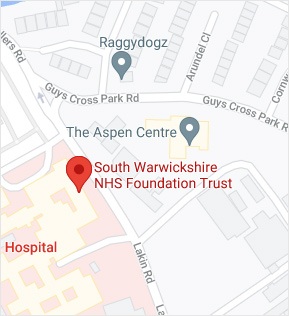
 Ext 4798
Ext 4798